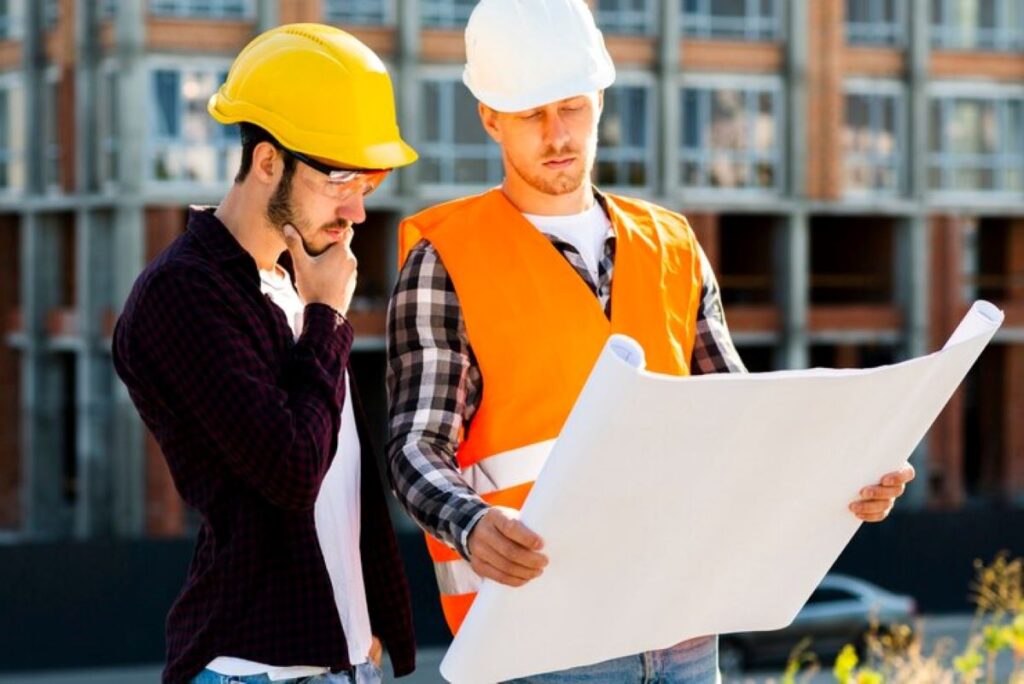Stunning Roseville Flowers to Brighten Your Home
Flowers have an innate ability to uplift our spirits and enhance the aesthetic appeal of any space. In Roseville, a suburb known for its stunning gardens and vibrant floral culture, residents have access to a wide variety of blossoms that can bring life and colour into their homes. This article explores some of the most beautiful flowers available in Roseville, providing insights on their care, arrangement, and the unique charm they can add to your living environment.“`html Popular Flower Varieties in Roseville Roses Roses are often regarded as the quintessential flower, symbolising love and beauty. In Roseville, a diverse range of rose varieties flourish, from classic red roses to exotic hybrids. Each type offers unique characteristics, making them suitable for various arrangements and occasions. When caring for roses, it is essential to provide them with well-drained soil, ample sunlight, and regular watering. For those looking to create a stunning display, consider mixing different colours and varieties to create a visually appealing bouquet. Additionally, roses can be dried and preserved, allowing their beauty to last long after they have bloomed. The fragrance of roses can also enhance the ambience of any space, making them a popular choice for gardens and homes alike. Many enthusiasts enjoy experimenting with different pruning techniques to encourage healthier growth and more abundant blooms, ensuring that their rose bushes remain a focal point throughout the seasons. Orchids Orchids are renowned for their exotic appearance and intricate patterns. These flowers come in numerous species and colours, making them a favourite choice for indoor decoration. In Roseville, local florists often stock a variety of orchids, from the popular Phalaenopsis to the more delicate Dendrobium. Orchids require specific care to thrive. They prefer indirect sunlight and should be watered sparingly, allowing the potting medium to dry out between waterings. With proper attention, these stunning flowers can bloom for months, providing an elegant touch to any room. Additionally, orchids are often associated with luxury and sophistication, making them a popular gift for special occasions. Their unique shapes and colours can also inspire creativity in floral arrangements, allowing for a blend of textures that can elevate any setting. Many orchid enthusiasts enjoy the challenge of cultivating rare species, which can be a rewarding hobby that deepens one’s appreciation for these remarkable plants. Native Australian Flowers Incorporating native Australian flowers Roseville into your home not only celebrates local biodiversity but also supports sustainable practices. Flowers such as the Waratah, Kangaroo Paw, and Bottlebrush are not only visually striking but also attract local wildlife, such as birds and butterflies. These native blooms are well-adapted to the Australian climate, requiring minimal maintenance. They thrive in well-drained soils and can withstand periods of drought, making them an excellent choice for eco-conscious gardeners. Arranging these flowers in a vase can create a stunning focal point that reflects the beauty of the Australian landscape. Furthermore, many native flowers possess unique properties that can be beneficial for local ecosystems, providing food and habitat for various species. By cultivating these plants, gardeners can contribute to the preservation of Australia’s natural heritage while enjoying the vibrant colours and textures that these flowers bring to their gardens and homes.“` Flower Arranging Tips Choosing the Right Vase The choice of vase can significantly impact the overall presentation of your floral arrangement. Opt for a vase that complements the flowers’ colours and shapes. Tall, slender vases work well for long-stemmed flowers like lilies, while short, wide vases are ideal for compact blooms such as daisies or gerberas. Additionally, consider the material of the vase. Glass vases provide a classic look, while ceramic or metal options can add a modern touch. Ensure the vase is clean and free from any residues to keep the flowers healthy for longer. Creating Balance and Harmony When arranging flowers, achieving balance and harmony is key. Start by placing the larger flowers at the base of the arrangement, gradually adding smaller blooms as you move upwards. This technique creates a sense of depth and dimension, making the bouquet visually appealing. Incorporating greenery, such as ferns or eucalyptus, can enhance the arrangement’s texture and provide a natural backdrop for the flowers. Experimenting with different heights and angles can also add interest and movement to the display. Seasonal Arrangements Seasonal flowers can bring a fresh and vibrant feel to your home throughout the year. In spring, consider using tulips and daffodils, while summer may call for sunflowers and hydrangeas. Autumn arrangements can feature rich hues with chrysanthemums and dahlias, and in winter, consider using amaryllis and poinsettias. By selecting flowers that are in season, not only will you enjoy their peak beauty, but you will also support local growers and reduce the environmental impact associated with long-distance transportation. Seasonal arrangements can be a delightful way to celebrate the changing seasons and bring a touch of nature indoors. Benefits of Having Flowers at Home Improved Mood and Wellbeing Numerous studies have shown that having flowers in the home can significantly improve mood and overall wellbeing. The presence of flowers can evoke feelings of happiness and calmness, reducing stress levels and promoting a positive atmosphere. In a world where mental health is increasingly recognised as vital, incorporating flowers into everyday life can be a simple yet effective way to enhance emotional wellbeing. Flowers also have the power to stimulate creativity and productivity. Their vibrant colours and natural beauty can inspire individuals, making them an excellent addition to workspaces or study areas. A simple vase of fresh blooms can transform an ordinary desk into an inviting and motivating environment. Enhancing Aesthetics Flowers are a timeless decor element that can enhance the aesthetics of any room. Whether placed on a dining table, a coffee table, or a windowsill, they can add colour and texture to the space. Different flowers can evoke different moods; for instance, bright and bold flowers can energise a room, while soft pastels can create a serene atmosphere. Moreover, flowers can be used to complement existing decor styles. For a modern home,
Stunning Roseville Flowers to Brighten Your Home Read More »










